As a browser application with more than two-thirds of the market share, Google Chrome’s dominance in this area is largely untouchable, and the rich and useful extensions are one of the reasons we are willing to choose it.
To investigate the invocation of user permissions by these plugins, Extension Monitor Tracked over 180,000 extended apps in the Chrome Store in July and dig into other interesting data.
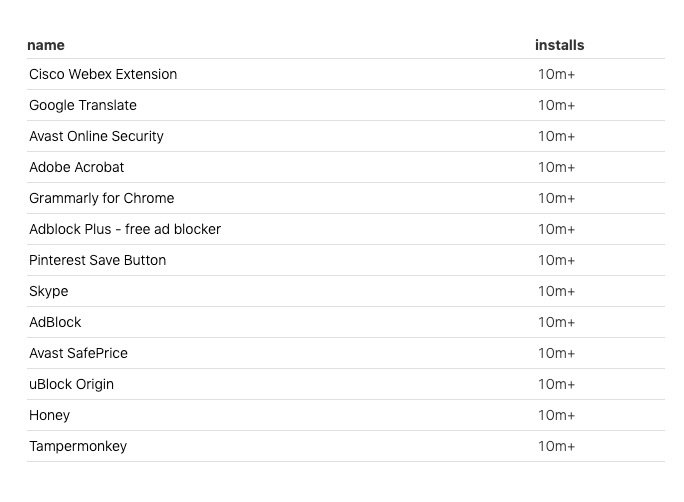
From the analysis results, most users basically only use a few head applications, and the installation of 13 extensions has exceeded 10 million, and we are basically familiar with them.
For example, the well-known ad blocking plugin Adblock, video calling service Skype, Google Translate plugin, grammar checking service Grammarly, “Oyster Monkey” Tampermonkey, Web page to PDF plugin Adobe Acrobat, shopping coupon service Honey and so on.
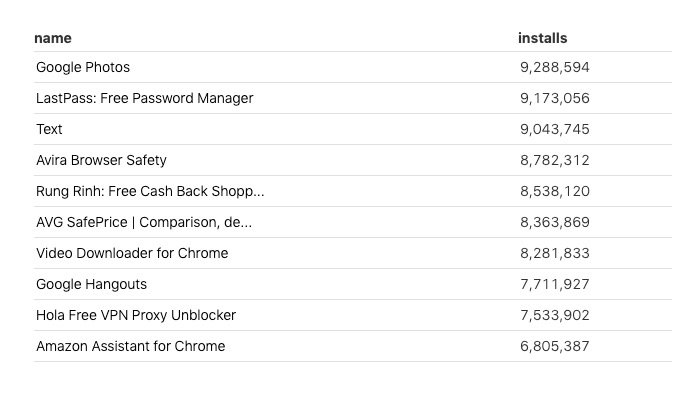
In addition, several plugins like Google Photos, Hangouts, password management service LastPass, etc., also have about 6.8-9.0 million downloads.
It can also be seen that most people have a clear need for the Chrome plug-in, mainly in several areas such as ad blocking, communication, shopping, security, password manager, etc., they are also already specific The app divides most users.
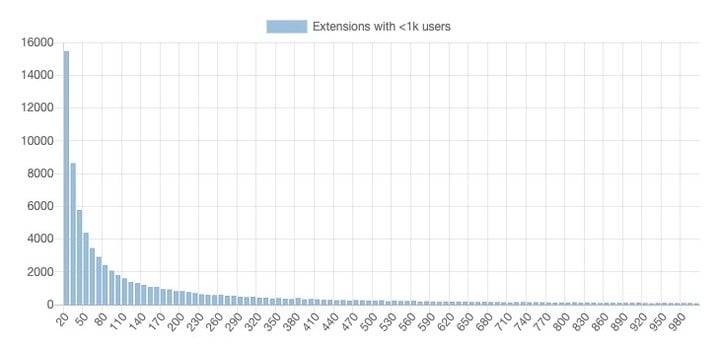
But the prosperous side ends here. Aside from these popular plugins, the ecology of the Chrome extension can only be described as dead. Nearly 87% of plug-ins are installed less than 1000 times, and about half of them have less than 16 plug-ins installed.
In addition, there are a lot of plugins with 0 downloads, the number is 19379, accounting for about 10% of the total, and there are nearly 25,540 plugins with only one user.

The Chrome App Store’s paid add-ons (including single-pay and in-app billing) are not ideal, with most paid plug-ins installed at less than 2.6%, and 35% of them don’t have any users at all.
However, the number of such paid plug-ins is not large, accounting for only 8.9% of the total.
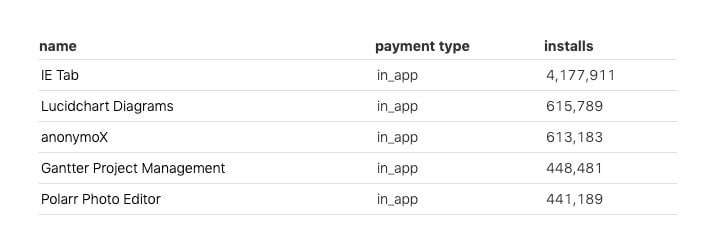
At present, the best performer in the paid plugin is “IE Tab”, which has installed 4.1 million units and accounts for one-third of the total installed plug-in. This is a way to use the IE rendering engine directly in Chrome to access websites that can only be accessed in IE, or to run ActiveX controls.
At the same time, there are 4 additional paid plugins with over 400,000 downloads, namely Lucidchart Diagrams for quick creation and manufacturing of flowcharts, anonymous proxy plugin anonymoX, Gantt Project management application Gantt Project Management and Spicy Edit Editor. Device.
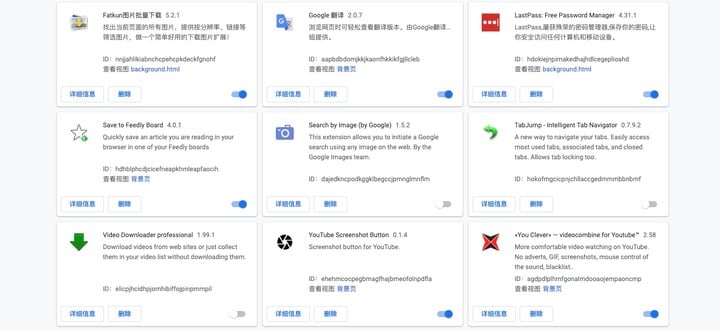
▲ Some of the plugins I use personally, most of which are job requirements
In general, although Chrome has achieved great success in the browser field, the use of extensions has a very serious polarization, and it has undoubtedly poured a lot of water on many plug-in developers.
However, it is an indisputable fact that PC browsers are gradually losing their lives in the mobile Internet era. How to make Chrome’s transition from “browser” to “operating system” is undoubtedly a question for Google in the future.
Source of the title: Mashable